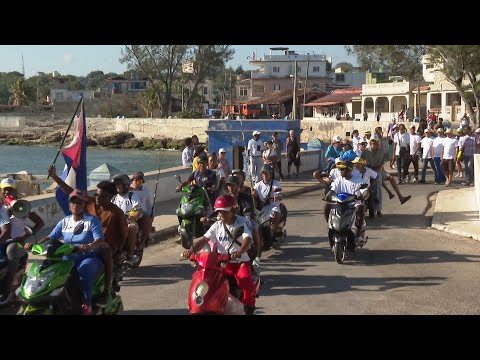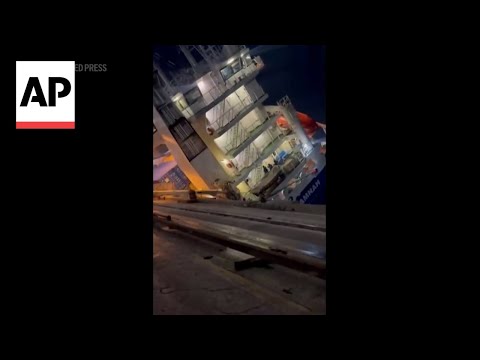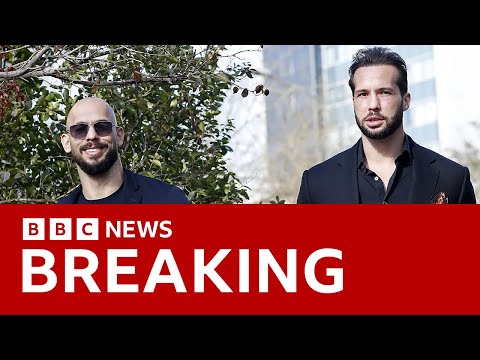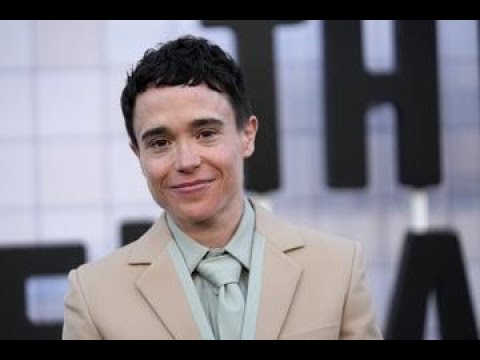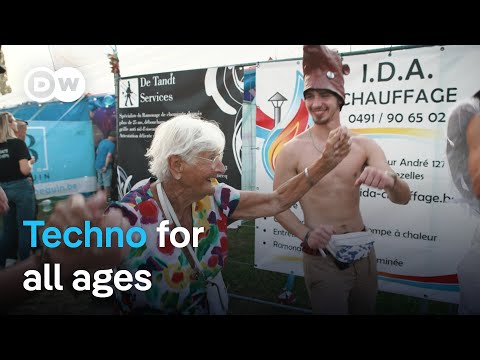(5 May 2024)
RESTRICTION SUMMARY:
ASSOCIATED PRESS
Havana, Cuba – 5 May 2024
1. Various of fishermen with rods and villagers passing Ernest Hemingway monument to pay tribute
2. Various of bust of Hemingway
3. Old fishermen lay flowers at the monument
4. Andres Valdes Fuentes, grandson of Gregorio Fuentes the captain of Hemingway’s ship, raises his glass
5. SOUNDBITE (Spanish) Andres Valdes Fuentes, grandson of Gregorio Fuentes, the captain of Hemingway’s boat:
“That a foreign, American writer, had won a Nobel Prize in this small fishing village, I think it has been a great achievement.”
6. Boats going out to sea
7. Fishermen in their boats at sea
8. Various of fishermen showing their catch
9. SOUNDBITE (Spanish) Rafael Rodriguez, fisherman:
“Every fisherman wants to catch marlin, but if there is no marlin, I’ll settle for this (albacore) and I’m happy.”
ASSOCIATED PRESS
Havana, Cuba – 4 May 2024
10. Various of Rodriguez counting his fish
11. SOUNDBITE (Spanish) Gabriel Arocha, fisherman:
“The one who is really a fisherman feels that this is life. We fishermen enjoy it very much because it is our life.”
ASSOCIATED PRESS
Havana, Cuba – 5 May 2024
12. Various of fishermen in their boats in the sea
STORYLINE:
The annual Hemingway Fishing Tournament continued on Sunday off the shores of the fishing village of Cojimar with boats and crews trawling the waters for a big catch.
There is no prize money on offer – the local fishermen are purely competing for the prestigious Hemingway Tournament Trophy.
Locals say the first fishing tournament was organised in Cuba by the Santa Cruz Yacht Club in 1938, and four years later it was followed by the Havana Yacht Club.
Early in 1950, a group of fishermen from Cojimar asked the American writer to collaborate with the tournament that would later carry his name.
In 1960, Cuban leader Fidel Castro participated in the tournament and won.
Hemingway gave Castro a trophy in what is known to be their first and only encounter.
Hemingway’s legacy is strongly felt in Cuba and nowhere more so than in the small fishing village of Cojimar, just 8 kilometres (5 miles) east of Havana.
It was here that the man that locals affectionately named "Papa" spent much of his time and kept his boat.
Now, 63 years after his suicide, local villagers continue to pay homage to Papa with the tournament celebrations which include food, music and dancing throughout the picturesque town.
Before heading out to sea, the fishermen march in a parade in front of Cojimar’s monument to their most famous guest.
The Hemingway bust sits prominently in the town’s square and was commissioned one year after his death.
It is made entirely of bronze propellers donated by local fishermen and melted down to create the sculpture.
The monument stands a few feet from Cojimar’s castle built for protection by the Spaniards over built in the XVII and the spot where the author docked his boat, the Pilar.
Hemingway frequently visited the watering hole "La Terraza," a seafood restaurant with a view of the sea and passing fishing boats.
This is where it is said he gathered inspiration to write "The Old Man and the Sea" after having met some of the old timers of Cojimar over mojitos and daiquiris and listening intently to their seafaring tales.
The novel tells the story of Santiago, a humble old sea dog who for more than 80 days fails to catch a fish to the reproach of his neighbors.
After drifting far out to sea, he catches a huge marlin but must fight – knowing his disadvantage – with the sharks to drag him ashore.
Find out more about AP Archive: http://www.aparchive.com/HowWeWork
Twitter: https://twitter.com/AP_Archive
Facebook: https://www.facebook.com/APArchives
Instagram: https://www.instagram.com/APNews/
You can license this story through AP Archive: http://www.aparchive.com/metadata/youtube/3fbc2c6d02564aedace9d148e1344378

